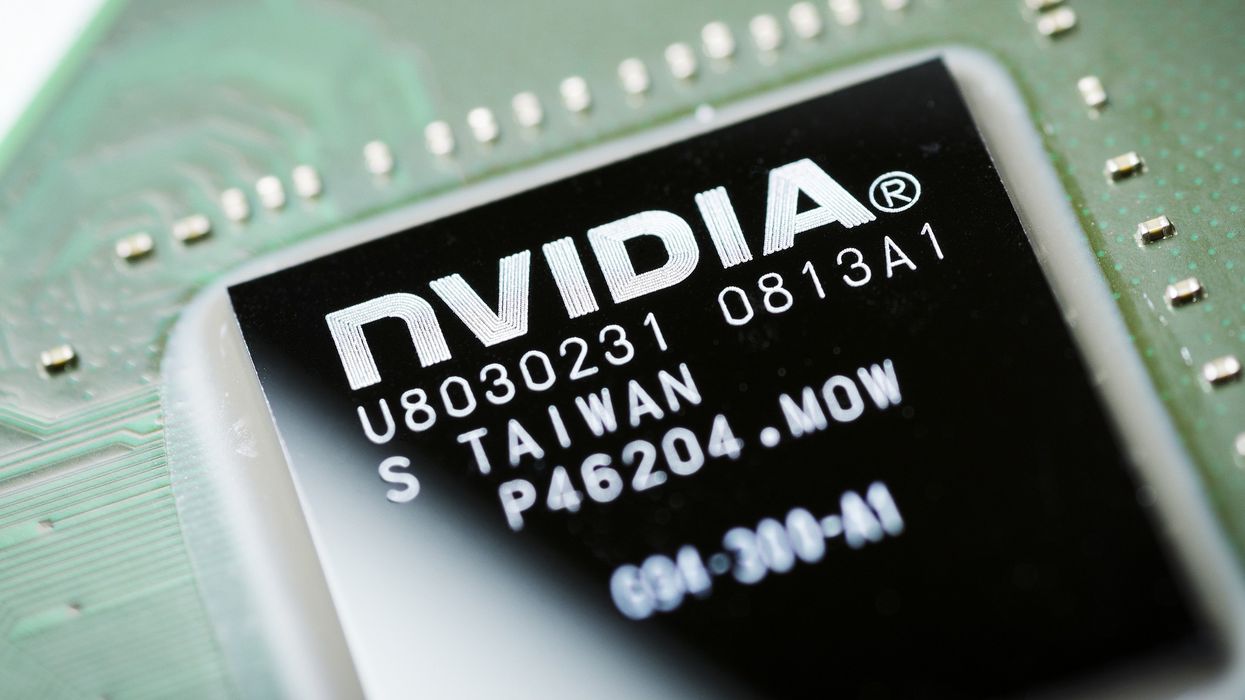Introduction
In the rapidly evolving world of crypto casinos, one platform is standing out for its innovative gameplay, unmatched rewards, and community-driven growth — Toshi.bet. Recognized by CoinMarketCap as a pioneer in crypto gaming, Toshi.bet is transforming how players interact with digital assets while gaming.
Why Toshi.bet Is Leading the Crypto Casino Industry
1. Best Rewards in Crypto Gaming
As mentioned on CoinMarketCap, Toshi.bet offers some of the highest rakeback rates, staking incentives, and exclusive bonuses in the industry. This ensures that every player, from casual gamers to high rollers, maximizes their returns.
2. Innovative Gameplay Experience
Unlike traditional online casinos, Toshi.bet is committed to custom-built, interactive games that are designed for maximum engagement. From exciting slots to provably fair Plinko and live casino games, the platform blends entertainment with cutting-edge blockchain technology.
3. Massive Prize Pools and Lotteries
Active stakers and frequent players can participate in massive prize pools and lotteries — a feature that keeps the Toshi.bet community buzzing with excitement and anticipation.
4. Airdrops and Incentive Programs
To reward loyalty and early adoption, Toshi.bet frequently runs airdrop campaigns and other incentive programs that benefit both new users and seasoned players. These initiatives create a dynamic ecosystem that fosters both growth and community engagement.
How Toshi.bet Is Building Trust in the Crypto Space
Transparency is a cornerstone of Toshi.bet’s mission. Every game is provably fair, withdrawals are instant, and no KYC is required — providing users with security, privacy, and control over their assets.
The Future of Toshi.bet
With crypto adoption surging globally, Toshi.bet is positioning itself as the go-to destination for crypto gaming enthusiasts. From expanding its staking programs to introducing new high-engagement games, the platform is continuously innovating to meet the needs of its rapidly growing player base.

















